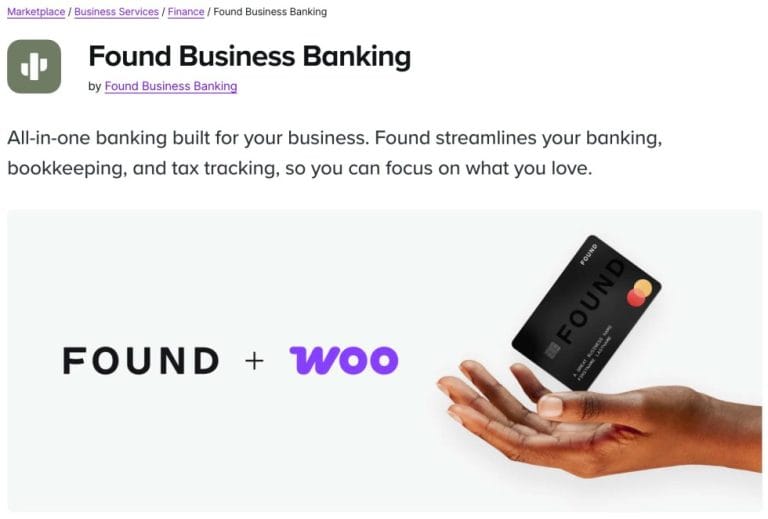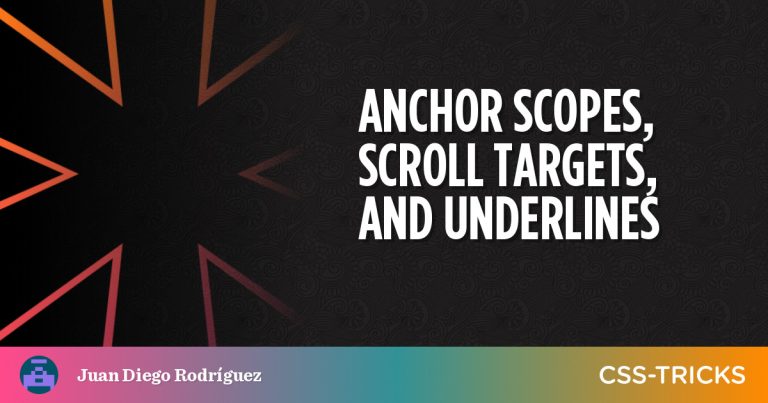A growing form of revenue-based financing can fund the marketing push or inventory boost for ecommerce merchants to capture growth opportunities. But “merchant cash advances” are often expensive and not suited to every business.
Ecommerce companies experience highs and lows. Merchant cash advances tend to work better when merchants are on the upswing.
A merchant cash advance (MCA) is a loan, a lump-sum payment, that the borrower agrees to repay through a fixed percentage of revenue.
According to Aidan Corbett, CEO of Wayflyer, an MCA and term-loan provider, three characteristics distinguish MCAs from other types of financing:
- Aligned outcomes between the lender and merchant,
- Revenue-based repayment,
- Speed and ease of approval.
Each can be beneficial, but with trade-offs.

Wayflyer offers merchant cash advances, as do Shopify Capital, Stripe Capital, and others.
Aligned incentives
Table of Contents
MCAs differ from a traditional lender-borrower dynamic. The provider’s repayment depends on the merchant’s revenue performance. Both have a shared interest in success.
“I’m being careful not to say borrower and lender,” Corbett said, emphasizing that both sides benefit only if the merchant performs well.
In the United States, MCAs are typically unsecured and unregulated. If a business fails outright, the company providing the advance may lose its investment. MCA funders look for healthy, growing businesses.
The idea of aligned outcomes is a newer trend. Past MCAs resembled payday loans, but the best 2025 offerings emphasize a partnership model aimed at sustainable growth with transparent fees.
Revenue-based repayment
Borrowers repay MCAs through a share of daily or weekly sales, not fixed monthly payments. The share varies but is typically 10% to 25% according to published reports.
Corbett gave the example of an ecommerce company receiving a $100,000 advance. The repayment might total $106,000, with the $6,000 difference representing the provider’s fee. If daily sales are strong, the repayment is quick. If sales dip, the repayments slow down.
This structure is appealing to ecommerce shops with predictable, growing revenue. But it also means that repayment can begin before the business reaps the monetary benefit of the borrowed capital, especially for inventory or long-term marketing campaigns.
Fast approval
MCAs are fast. Ecommerce businesses can qualify within days after providing sales history and a plan for using the funds. There is typically no collateral requirement and no formal credit check.
Corbett said Wayflyer looks for growing brands with a broad product mix and high reorder rates. Stores with strong and consistent return on ad spend and efficient customer acquisition tactics are also favorable candidates.
MCA Use Case
Consider an ecommerce company selling home organization products with steady, year-round revenue. The company recently launched a new line of modular storage kits. Initial customer response is strong. Conversion rates are up, and test campaigns are returning a 4:1 ROAS.
A home improvement blog with more than 500,000 readers offers the business a two-week premium ad placement. The channel that has worked well for the merchant, but the $30,000 ad buy is time-sensitive, and the company doesn’t have the cash on hand.
A traditional loan won’t arrive in time. Instead, the founder uses a $30,000 MCA, agreeing to repay $36,000 via daily deductions from revenue.
The estimated boost in customer acquisition and long-term customer value more than offsets the financing cost.
It’s a good use case. The MCA funds a specific, high-return opportunity with relatively predictable payback.
Costs
MCA fees — “factor rates”— can be high. For instance, a factor rate of 1.2 on a $50,000 advance means the merchant owes $60,000 in total, regardless of the repayment period. A six-month payback can exceed 24% effective annual interest.
Still, Corbett said the MCA market for ecommerce has grown more competitive, and some providers now offer rates comparable to term loans, particularly for strong companies.
He advises merchants to shop around, avoid excessive origination fees, and never take an MCA with exorbitant effective interest. Fast money should not outweigh sound financial planning.
Dependency
MCAs can reduce cash flow before earnings materialize. Because repayments are tied to revenue, not profit, they can erode margins quickly.
Consider an ecommerce store with a 35% gross margin. If customer acquisition costs are 10%, payment processing fees are 2%, and the MCA repayment rate is 20%, the business retains just a 3% margin.
That razor-thin gross profit makes it difficult to self-fund growth or even cover operating expenses. The merchant may then rely on successive MCAs, falling into a cycle of borrowing.
Nonetheless, used strategically, MCAs can fund timely opportunities for growth. Thanks to Wayflyer, Shopify Capital, Stripe Capital, and similar firms, MCAs are increasingly common and beneficial.





